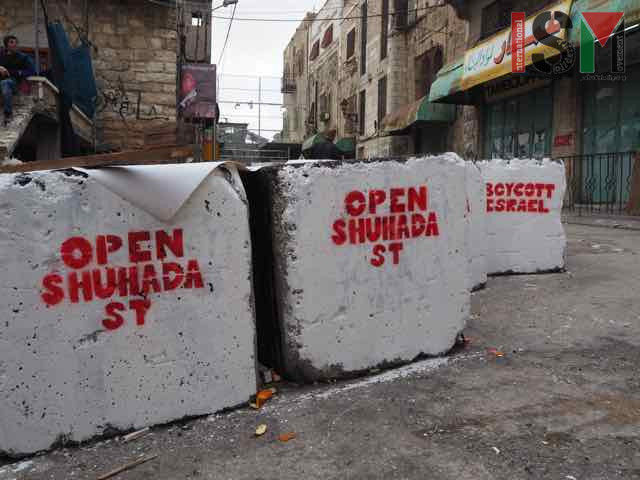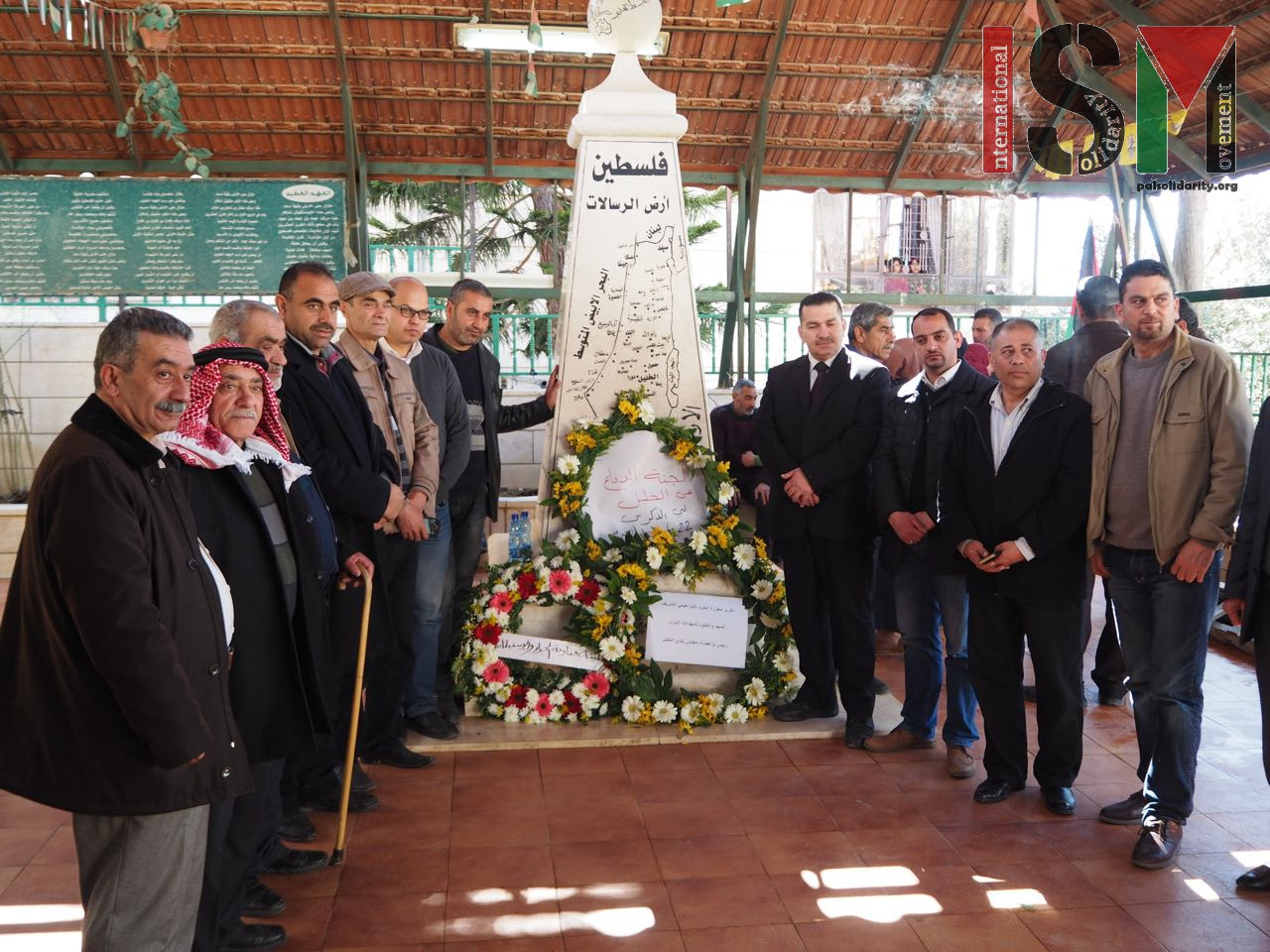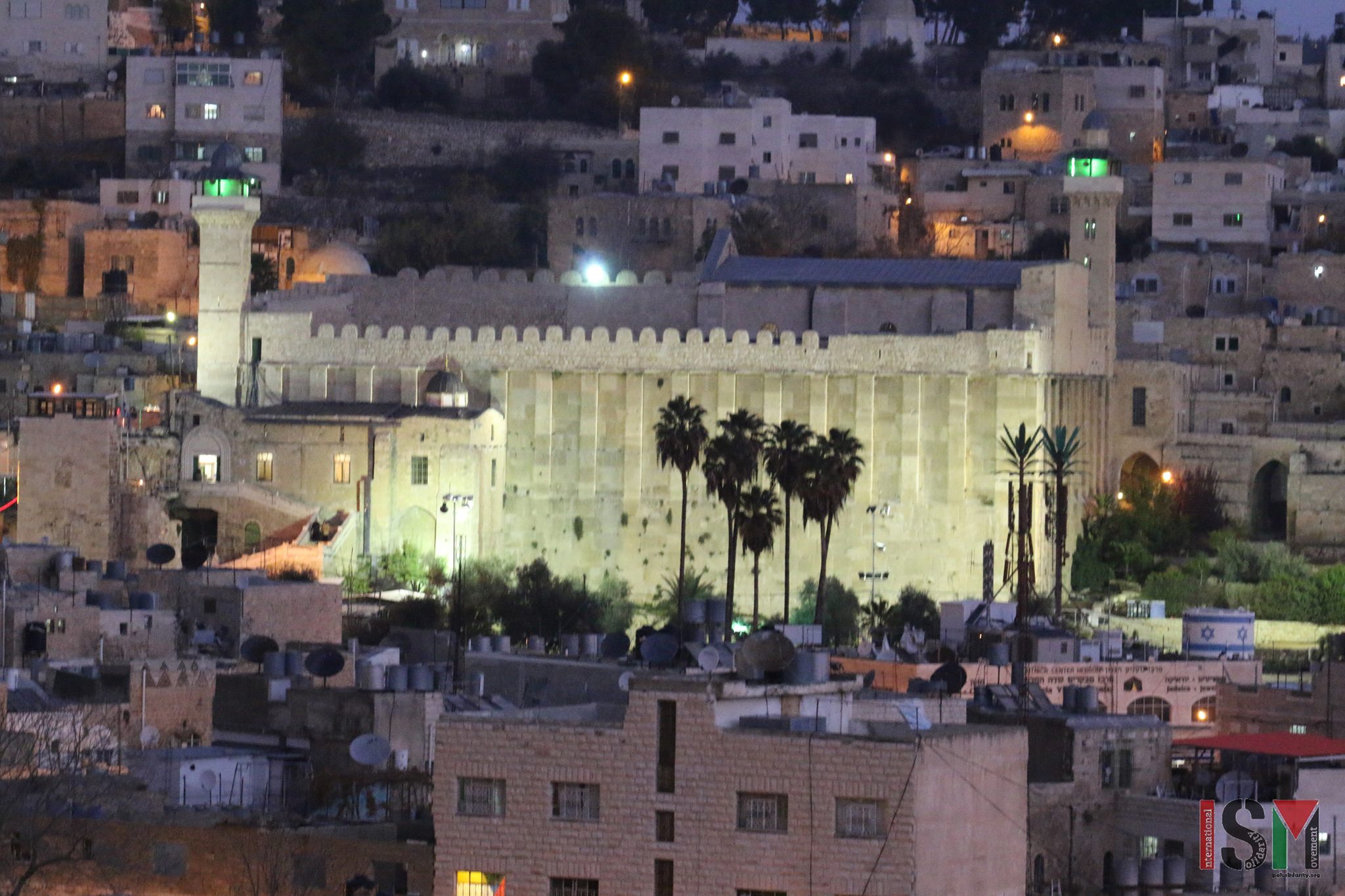-
Join us! For a day of action to #EndHebronMilitaryZone and #OpenShuhadaSt on March 1st
25th February, 2016 | International Solidarity Movement, al-Khalil team | al-Khalil, occupied Palestine Our thunderclap campaign, calling on the international community to pressure the Israeli military to put an end to the closed military zone in al-Khalil (Hebron) will come to an end on the 1st of March, 2016. Join us for a day of […]
-
Wreath-laying in commemoration of Ibrahimi mosque massacre
25th February 2016 | International Solidarity Movement, al-Khalil team | Hebron, occupied Palestine 25 February 2016 marks the 22nd anniversary of the 1994 Ibrahimi Mosque massacre in occupied al-Khalil (Hebron). In commemoration of the Palestinians killed in this massacre, the Hebron Defense Committee (HDC) organised a wreath-laying at the martyrs cemetry. Baruch Goldstein, an Israeli […]
-
22 years after the Ibrahimi mosque massacre, Palestinians still suffer consequences
25th February 2016 | International Solidarity Movement, al-Khalil team | Hebron, occupied Palestine On the 25th of February 1994, a US citizen residing in the illegal Kiryat Arba settlement entered the Ibrahimi mosque in the early morning during the month of Ramadan. Baruch Goldstein, dressed in his army uniform, opened fire on the Palestinians that […]
Action Alert An Nabi Saleh Apartheid Wall Arrests BDS Bethlehem Bil'in Cast Lead Demonstration Denial of Entry Ethnic Cleansing Farmers Gaza Global Actions Hebron House Demolition International law Israeli Army Jerusalem Live Ammunition Nablus Ni'lin Prisoner Ramallah Rubber-coated steel bullets Settlement Settlers Settler violence Tear-Gas Canister Video



